Teenage Daydream
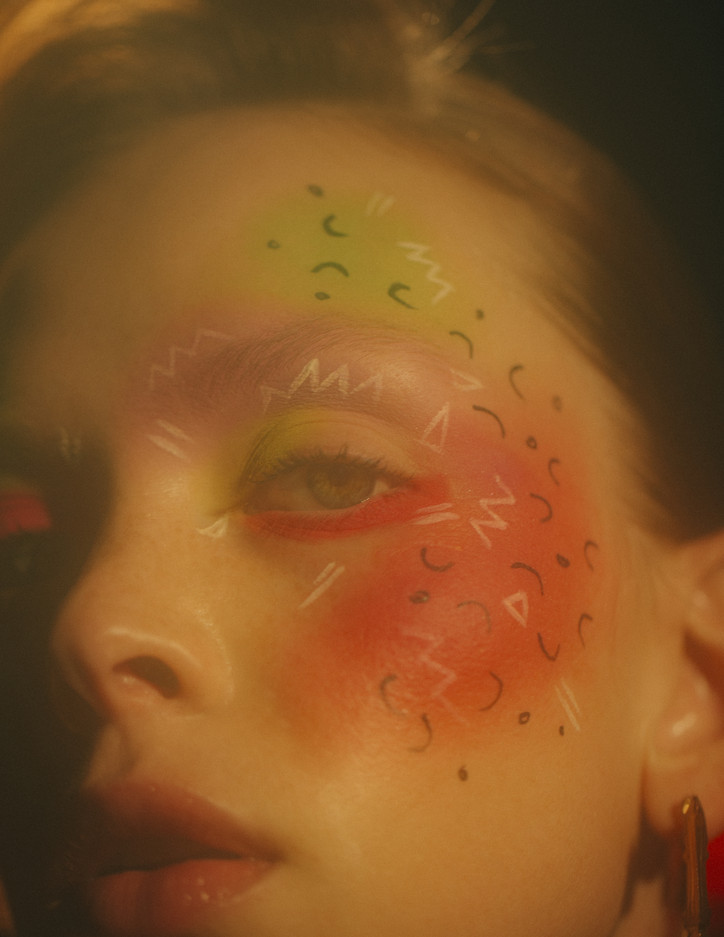
Check out more below.
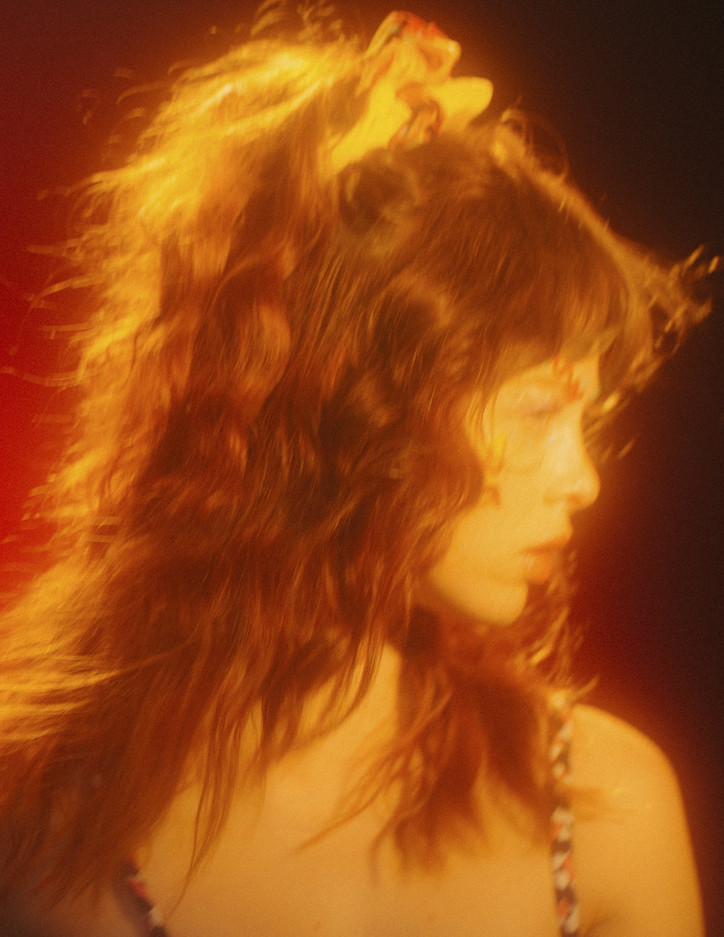

Earrings by Rainbow Unicorn Birthday Surprise
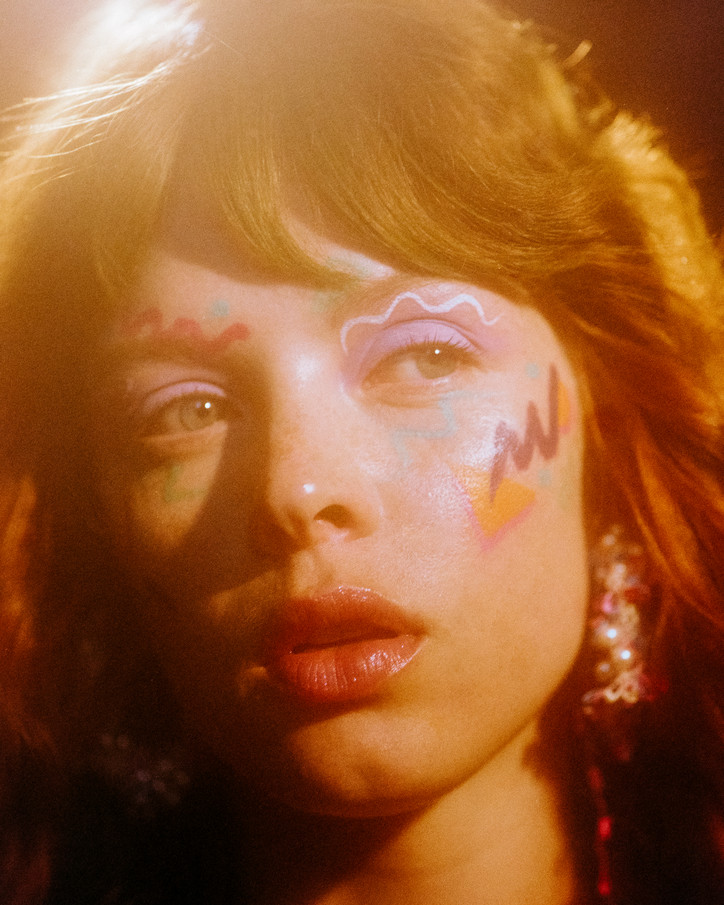
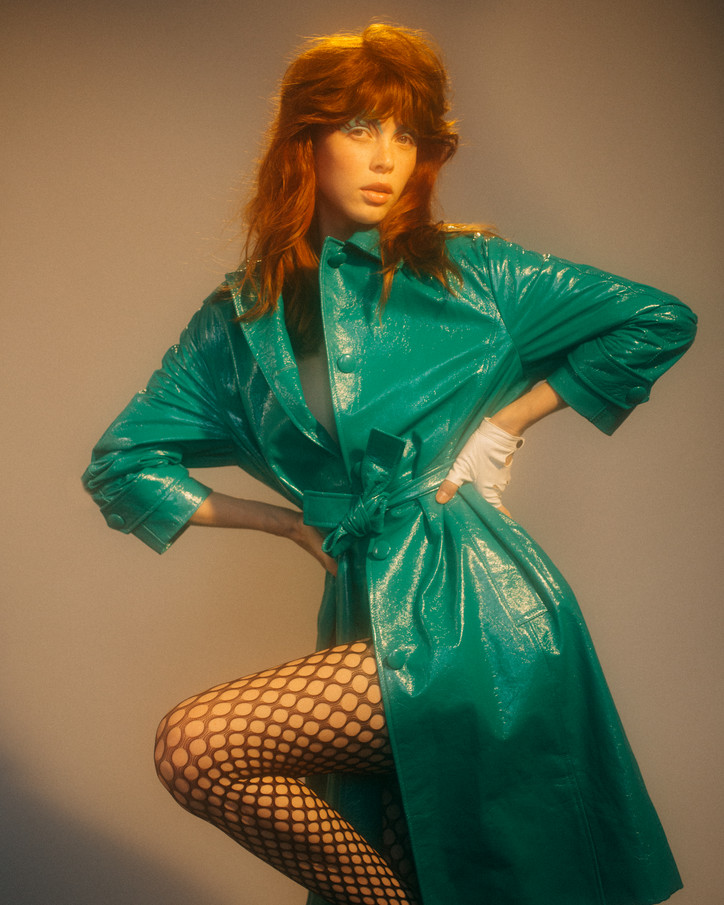
Trench by DROMe; Stockings by Wolford; Choker, gloves and earrings by Rainbow Unicorn Birthday Surprise
Stay informed on our latest news!

Check out more below.


Earrings by Rainbow Unicorn Birthday Surprise


Trench by DROMe; Stockings by Wolford; Choker, gloves and earrings by Rainbow Unicorn Birthday Surprise
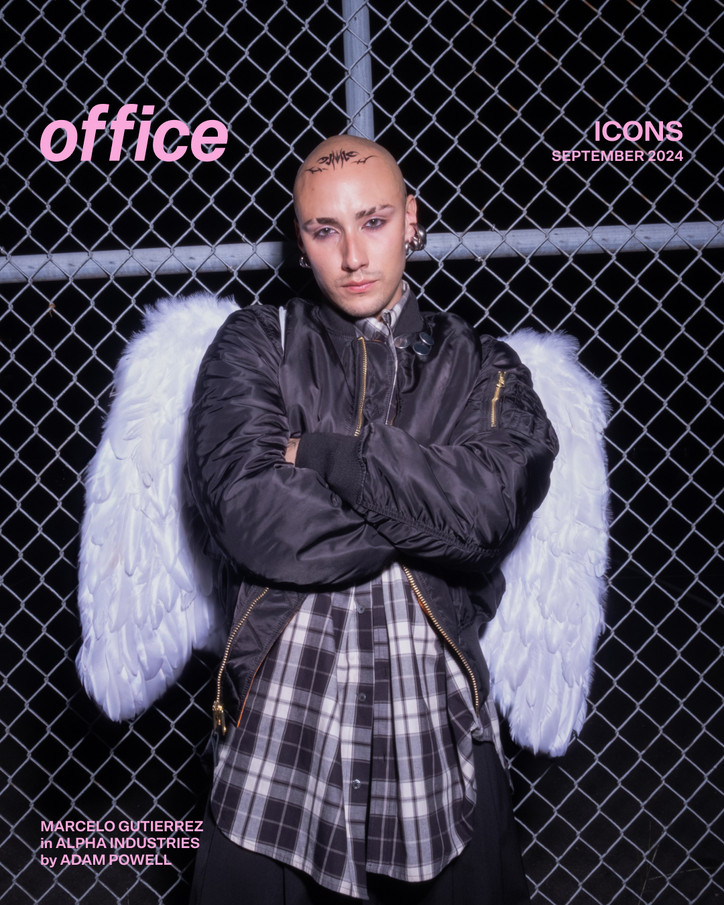
Marcelo’s unique approach draws on his lived experience as a queer person, celebrating the fluidity of identity and the power of makeup to tell stories beyond the surface. His work has been featured in leading publications like Vogue, Harper’s Bazaar, and i-D, and in campaigns for brands like Chanel, Louis Vuitton, and Luar. Whether backstage at fashion week or collaborating with photographers on set, Marcelo develops characters based on his understanding of the subject rather than projecting his own narrative onto them. His is a practice that extends far beyond artifice. For this cover story, we visited Eiron's Cut, Marcelo’s barbershop in Ridgewood, where, much like the characters he brings to life, he dons his own armor.
Do you have any daily rituals?
Waking up without an alarm, actually, which is usually still around 7 a.m. Then, I'll make some celery juice with a little grapefruit and pineapple. I'm most creative in the morning, so I just let my mind wander to figure out what I'm feeling after that. Around 11, I'll go to the gym, and then I just kind of let the day take me where it's supposed to take me.
When do you know that you’re going to have a really great day?
When I don't wake up anxious, don't check my phone — when I don't have Instagram installed on my phone — I wake up feeling great.
Describe your perfect day.
My perfect day is one where I have nothing planned, and I can kind of just forget about the day. I don't even know what day it is, I don't know what time it is, and I can kind of just go with the flow and do everything I need to do to get my body and mind right. I’d usually end the day seeing my friends or just coming here to get my brows done.
What’s your relationship with your barber like?
Intimate. He's the only one who touches my eyebrows. If he's not in town, I have to pretend I know how to do it, but it never works out. I have one here in New York… in Paris, and I always go to the same one whenever I travel. I still need one in London. Raul Lopez always puts me onto the right barber.
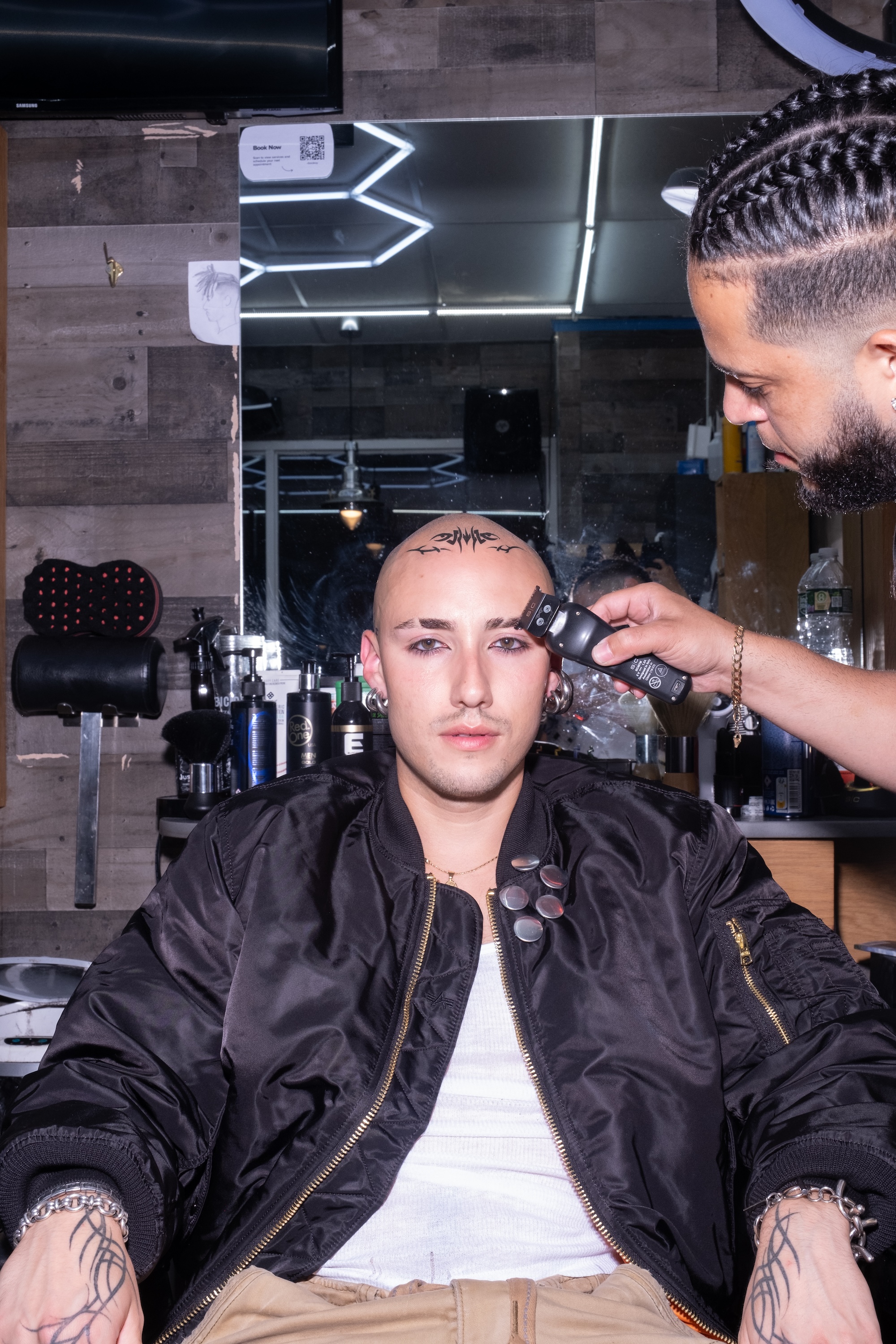
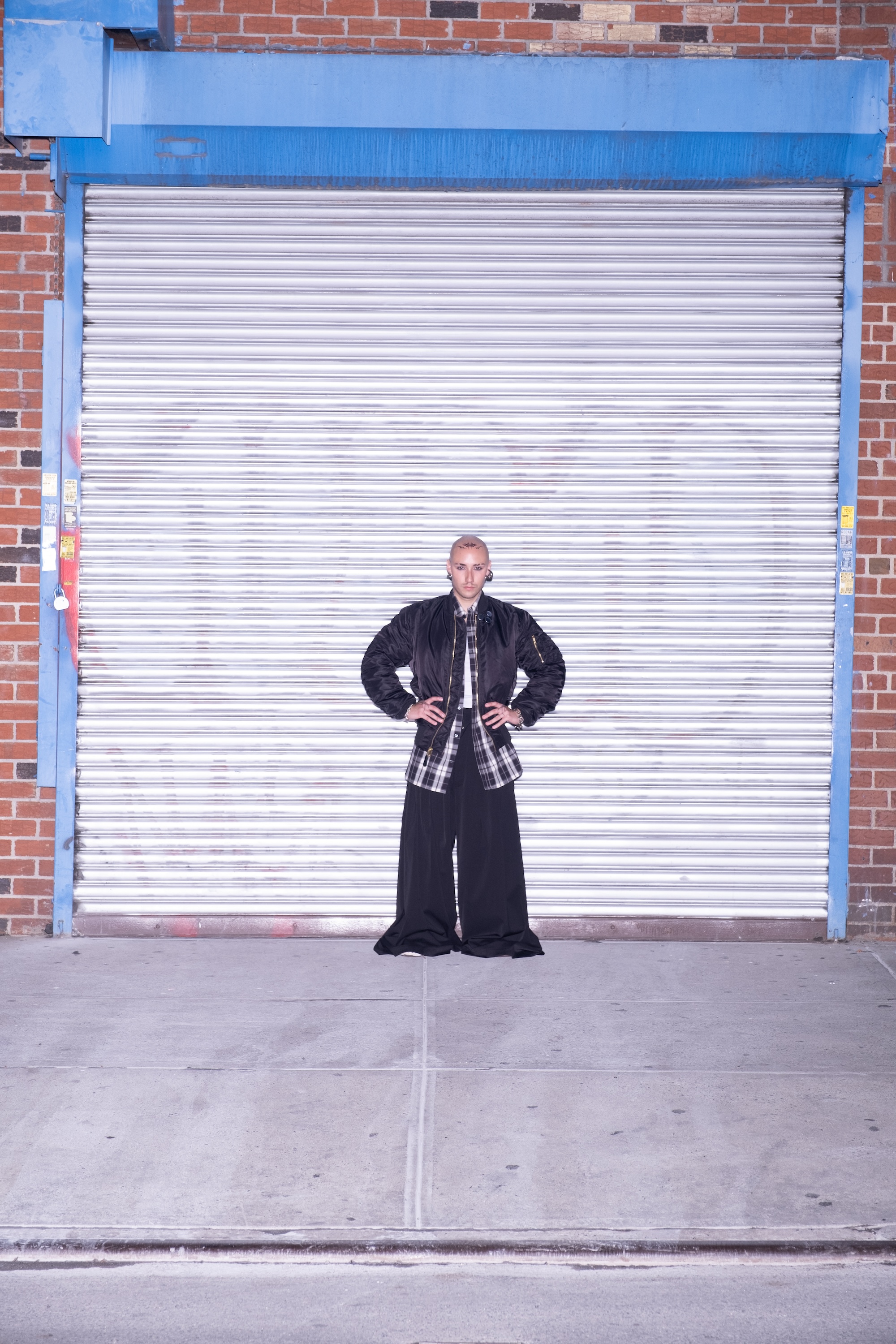
Are you a spiritual person?
What leads me in life is definitely my intuition. I feel like my intuition is always right and whenever I overthink it, I fuck up. That goes for makeup, that goes for work, that goes for relationships, that goes for everything. Second guessing yourself is like the end of you.
Why do you love what you do?
I love working in what I do because it keeps my soul present and it keeps me young. It keeps me young because it keeps me curious. It challenges me every day to try and be a better version of me. You have to constantly find inspiration which keeps you engaged in life versus robotically working a 9 to 5 you know? No offense to the 9 to 5ers, but freelance forever — unless I get the right contract.
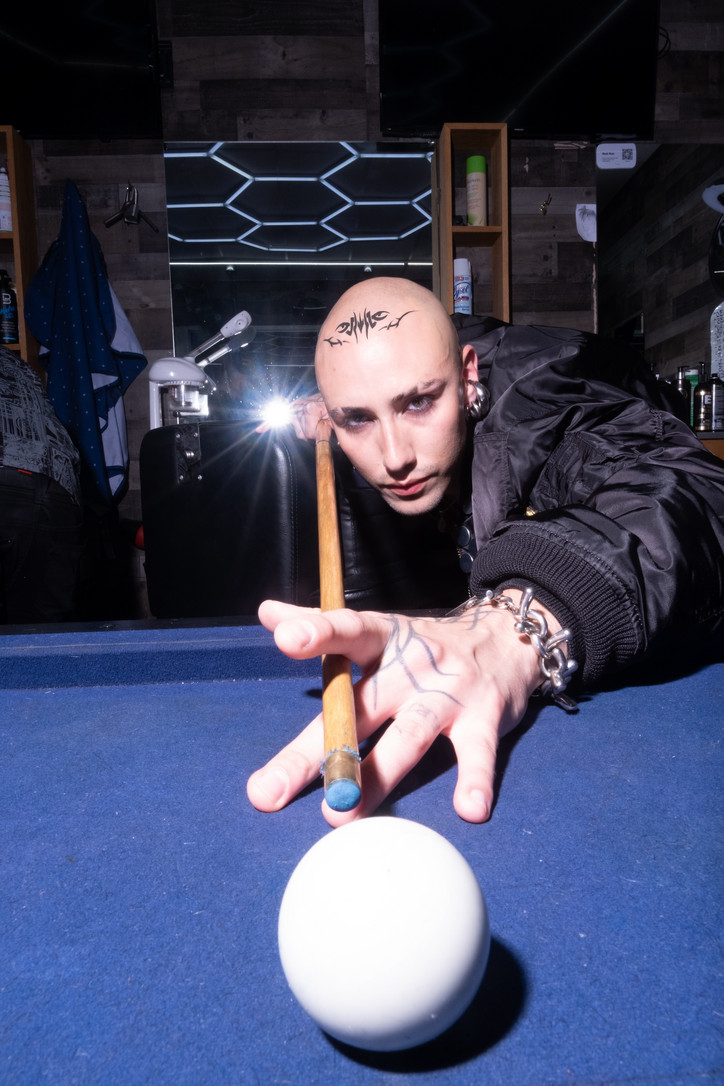
For you, what does it mean to get into character?
It’s like the development of armor. I mean that’s what fashion and beauty are. And in a city like New York, we all build these like sub personas of ourselves that get us through — now with the internet, like, we all have these digital personas and it just keeps you safe.
What’s your creative process when working with a team on set?
I always look really closely at the photographer’s work — their lighting, what they usually shoot. Then, in my head, I create a narrative to their work. I think about it like an actor, like who is this character? What have they gone through? Maybe it’s just moisturizer because that’s all the person should have. Maybe it’s freckles because they’ve been in the sun a lot.
I don't like moments where it's just about the makeup. I always ask what the shoes are. Shoes say everything about a person. Is it a stiletto? Is it a sneaker? If it's a stiletto, maybe she has eyelashes. If sneakers, maybe just some cute liner or a lip liner. Head to toe only.
If you could only work with lips or eyes for the rest of your life, which would you choose?
Lips hands down. Eyes just take so much time. Eyes are also so personal. You have to really read the person to understand what they should carry in their eyes. For a lip, it’s like, what do you want? Also people look at lips a lot when you’re talking so it’s very sensual. Lips can be very provocative.
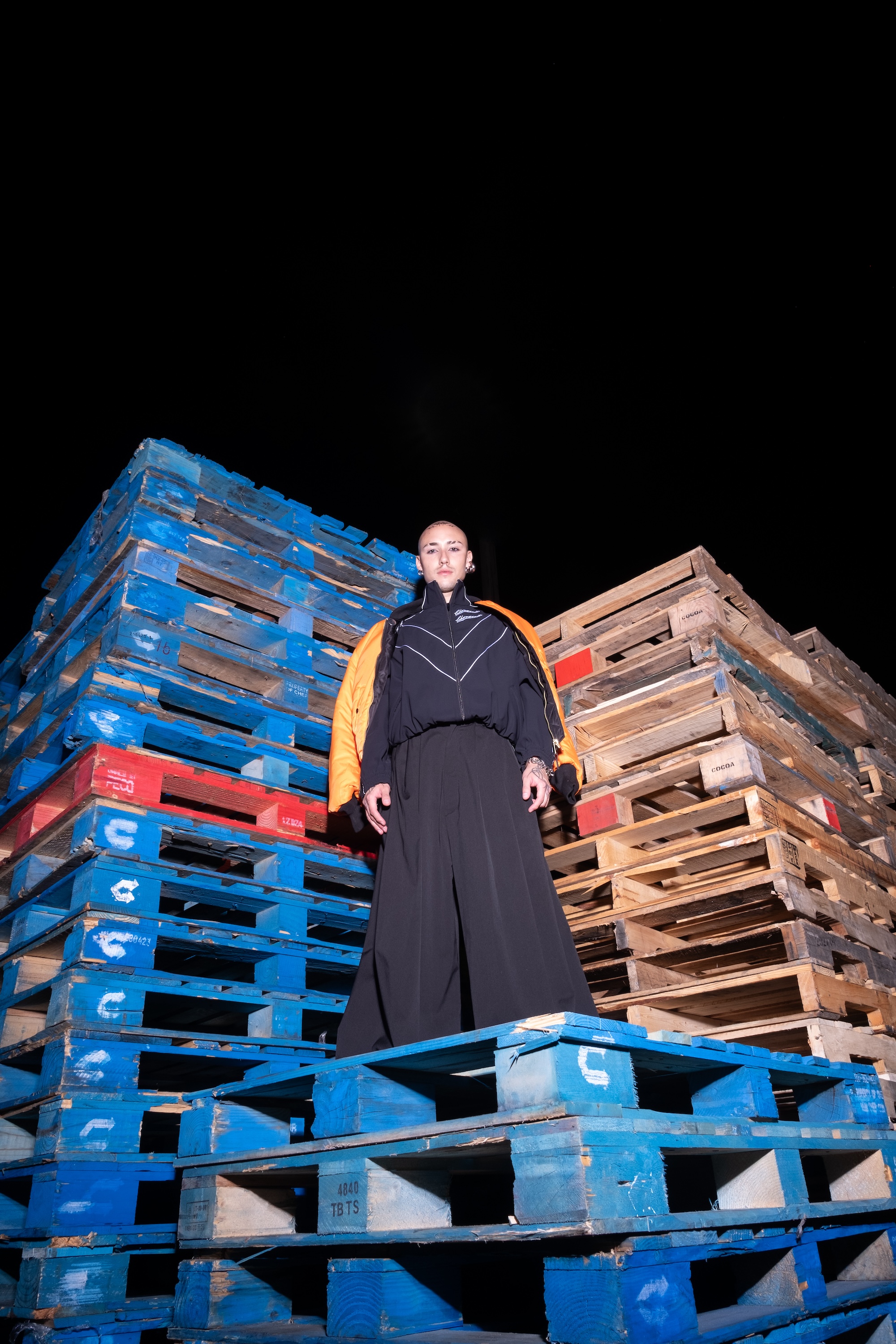
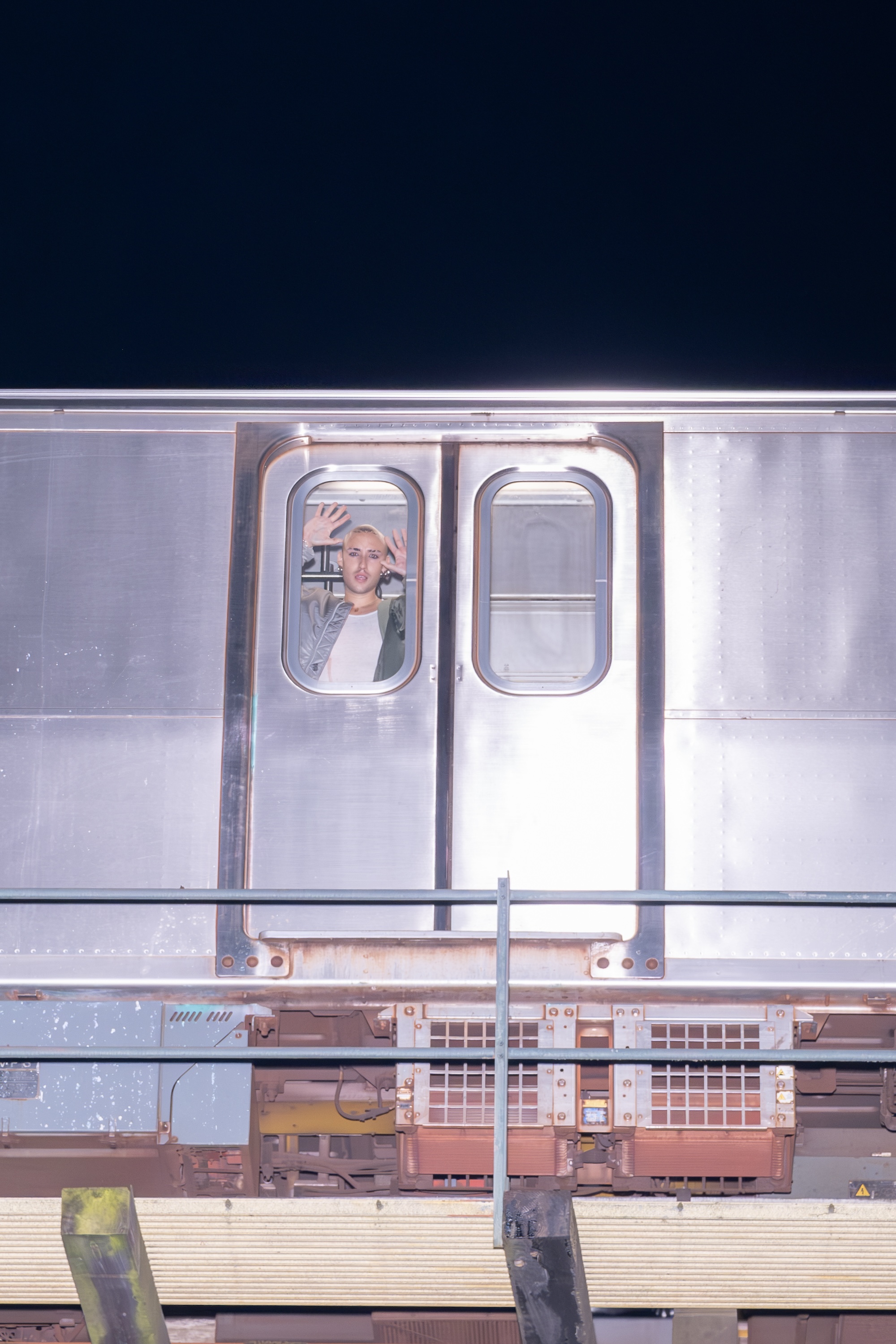
How do you approach working with a new client?
I’ve been fortunate enough to work with people that I share universes with, so we might also share the same language. When I’m working with a new face, I just go into it with an open mind, assuming that they're a wonderful person. You have to be able to just be their friend for the day.
When's the last time you made something that felt truly magical?
My new book. It's called Nothing Precious, and it comes out in November. So get ready.
What time period does the work in the book span?
It's all new work shot by Renell Medrano and Aidan Zamiri. It’s made up of like 25 people that make up my family here in New York, like Raul Lopez, Lola [Leon], Evanie Frausto, and other muses that have been so intrinsic to my experience here. I wanted to make a book that felt like the laboratory of NY, that we can look back on with nostalgia — the same way we look back at New York in the 80s and 90s — because it's worth documenting.

If you weren’t a makeup artist, what would you do instead?
If I wasn't a makeup artist, I would be a filmmaker. And if I wasn't a filmmaker, I'd be unemployed. I just wouldn't have a job. I can't keep a 9 to 5, I have too many opinions. And then I get fired.
How do you want to be remembered?
As a very intentional artist whose focus was community and beauty through the lens of identity, rather than through the lens of artifice. I celebrate and enhance beauty, creating characters based on someone's identity — not projecting identities onto people.
How did you find your community here in New York?
So I got here when I was 20, I had no money, I didn't know a single person, and I just found myself in a way. Well, I did my research. I was a Tumblr kid and I knew where I wanted to land here. I found myself in spaces that were super creative and queer from the beginning. Seeing people I know go from bartending to being some of the most famous fashion designers, photographers, supermodels in the world and all of us being part of it together has been really beautiful and kind of remarkable.
The beauty of New York is that it's a place where everybody just goes after exactly what they want and at the same time, we’re figuring it out as we go.
What was the last 9 to 5 you had?
I was a host at the Soho House restaurant in Meatpacking. That’s when I was just getting into makeup and I kept calling out of work because it was impossible to do both. One day, Tinashe called and booked me out for an entire week. I had no money and just jumped the gun. I quit my job and worked with her that week. I had like $15 to my name for two months. It was a good job too — working in retail, in restaurants really teaches you how to deal with people.
Were you afraid?
Yeah, but you have to take risks — to do things that are uncomfortable in order to get you to the next level. Not taking risks is the equivalent of sitting on your couch constantly. You’re comfortable. It’s easy. I’m constantly taking risks every day, working with people that intimidate me or that I’m excited to work with and the risk is fucking up — but you don’t fuck it up.

The month of my session marked exactly a year since stylist-turned-esthetician Raquel Medina-Cleghorn opened the NY-based skin studio with business partner Erika Dunn, whom she met during her time as a lead esthetician at veteran Joanna Czech’s NY studio. I had heard rumors about Medina-Cleghorn's studio, and Willy Chavarria, Paloma Elsesser, and Emily Ratajkowski’s go-to esthetician, whom Simone Rocha visited ahead of the 2023 Met Gala. She recommended Monica, especially because of the "Astro-Analysis" that came along with her client-tailored sessions. When booking, Monica’s only available date was my birthday, a coincidence that felt somewhat like a brush with fate.




The session began with a consultation addressing my specific skin needs — dehydration and tightness. Despite my sensitive, acne-prone skin, and reluctance to let anyone touch my face, knowing Monica had experienced acne herself made the session more reassuring. The New York native has been into skincare as long as astrology, finding her passion for both in high school. We started with an exfoliating treatment, followed by a deep tissue lymphatic drainage massage, LED therapy, extractions, and a microcurrent massage. Throughout the session, she pointed out key placements in my natal chart, reading me better than any of those websites ever had. I left the facial feeling ready for 26. Read below.
This session originally took place on March 11, 2024 and has been condensed and edited for clarity.
Monica David — No allergies, right?
No, but my skin barely absorbs anything. That’s been a problem recently. Maybe I don’t drink as much water as I used to.
Are you exfoliating?
No, actually not really. I used to always exfoliate with an AHA or BHA. I’ve just gotten super lazy.
That’s probably it. This layer of dead skin on the surface is always piling up so your skin won’t absorb the product as well. Exfoliation is super important for that reason.
That makes sense, maybe I’ll start exfoliating again.
I can guarantee that you’re going to notice it gets better. So have you ever had a chart reading before?
Never by someone else.
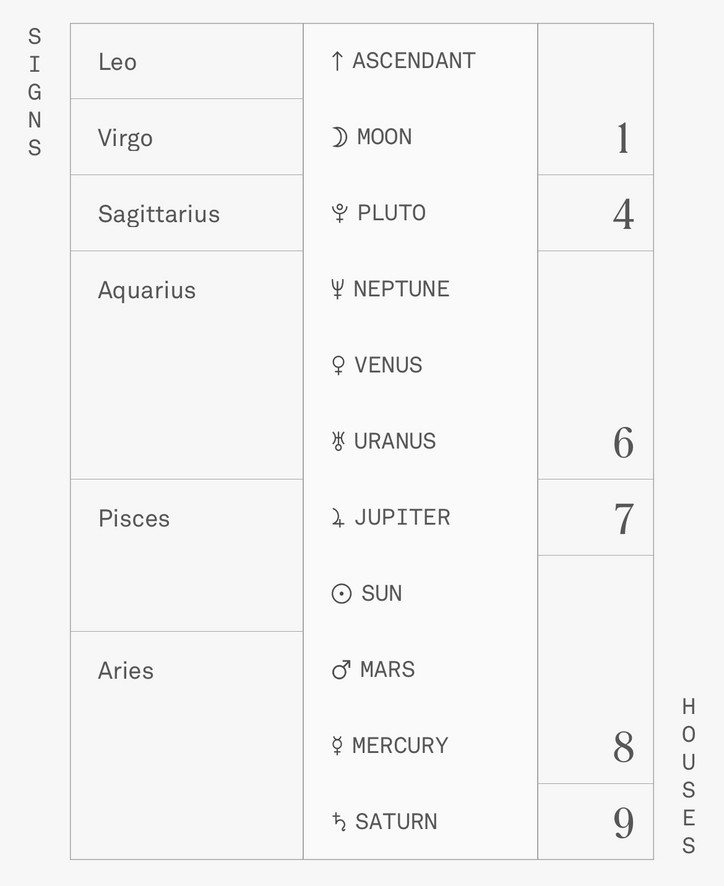
Birth chart report from Co-Star
The computer-generated ones are pretty good, honestly. The readings I do are mini, not as in-depth as you would get with someone that can sit down with you for a few hours. I’ll go over the meat and potatoes of your chart.
I’ll start off by noting that there are two intense aspects between two planets — your moon aspecting Pluto. The moon represents our emotions, what brings us security and comfort, and also the relationship to the mother. Pluto is obsessive and intense. What I see here is a very deep wound in your family life and probably most closely associated with your mom in some way. My boyfriend has a similar, almost identical aspect, and he actually lost his mom to cancer. Can you confirm?
Yes, but my mom is still alive.
It could be generational trauma as well. It can mean that she's experienced a lot of loss in her life, therefore she is the way she is. Do you know about Chiron?
Not too much.
It’s an asteroid that represents our deepest wound. It's nicknamed the Wounded Healer. For you, it’s in your fourth house, which is really the base of the chart: it brings us security and builds our emotional responses because it represents your roots and your home — reflecting that wound in your family life. Would you consider yourself an emotional person?
Yes. I’d say that I’ve become more attuned to my emotions recently.
Your first house, the house of self, represents your physicality and how you’re perceived by people, especially their first reaction to you. People call it the mask. Your ascendant is Leo, even though in truth you're a Pisces, people are going to notice you: you’re going to light up a room like the sun. However, having your moon in your first house — your moon sign being Virgo — is going to deeply influence your overall self.
In your case, your true core is your moon sign, Virgo: it’s what brings you comfort, the emotional part of you — how you feel nurtured and how you nurture others. People with moon in the first house wear their heart on their sleeve. People can sense how you feel, it’s hard to hide even if you try.
I’d say that’s true.
Your sun is in your eighth house, which I personally like. The eighth is all about transformation through intense experiences regarding intimacy, sex, and loss. And money as well — other people's money. With sun in the eighth, you’re someone that likes to explore the depths of yourself. Intimacy is important. You don't like anything superficial. You want to connect and merge with another person on a much deeper level. A closer look at the eighth house would suggest that you may have an interest in taboo subjects or anything related to the occult. You may sometimes struggle with the emotional upheaval bubbling under the surface due to your Chiron, but it’ll also act as a positive aspect for healing and healing others.
Moon opposing Jupiter in the eighth house also suggests someone overly indulgent, quite emotional. The work you do is very creative and artistic, although you may be a bit picky and critical of it.
That tracks! I feel like I’m constantly changing through my relationships, especially romantic ones. Going through cycles of rebirth.
That’s exactly it. You’ll constantly experience metaphorical deaths and rebirths in this lifetime.




Wait I love that by the way.
Yeah, lymphatic drainage is the best; you can actually feel the fluid leaving your face, the muscles tightening — everything feels lifted.
So, your north node is in your second house, which is related to our possessions, like the money we earn. You want to gain a sense of security in this life through your earnings and possessions. It will give you a sense of self-worth. While the eighth house is very deep and intimate, and other people’s money, the second is strictly material possessions. Okay now let’s put you under the red light.
What can you tell me about my romantic life?
So Jupiter — Pisces is naturally ruled by Jupiter — is in your eighth house, which means that you’ll benefit from exploring your shadow self. You’ll know yourself better, you’ll come to terms with it and know how to harness it. Jupiter brings good fortune, it's the planet of abundance. It being in the house of other people’s money, you might marry someone with an inheritance or [REDACTED].
Okay, I’m going to do extractions now — I’ll get this little one by your lip over here. So are you seeing anyone now?
No. I like someone. We talk often. It seems mutual but he lives in [REDACTED].
Oh that’s far. How old are you?
26.
Your transits right now are actually very favorable for a relationship at this moment because you have Venus and Mars transiting in your seventh house, which is the ultimate partnership house. It's like marriage partner. It's also good for business too, because it's your business partner, one-to-one relationships, contractual relationships. So it's literally either the person you're going to marry or the person you're opening a business with. So this could be a favorable time for you at work with someone that you work with, but it's also very favorable for creating a new relationship.
I feel like that could make sense.
There's potential for it right now simply because of what's going on in the sky. This is a favorable time for a new union. It doesn't ever mean that it's going to for sure happen, but it's more likely. Yeah. Okay. You have Jupiter in your 10th. This is going to be until 2025. This is great for your career, essentially abundance in your career, your status, how higher-ups see you. All of that stuff is looking really good for a little while. So this is a good time for you to make moves in your work and be seen in a very positive light, if that makes sense. Yeah. Feel renewed in optimism about your professional life. Very good for working with the public, stepping into the spotlight.
Good to know. I'll have to keep an eye out!
You’re also coming up on your Saturn return soon. Your Mercury, Mars and Saturn are in your ninth house, which represents expansion, foreign travel, higher education, different cultures, your morals and belief systems. When you get your Saturn return, it’ll be in this house. With these placements, you’re likely a great communicator. You may enjoy the process of learning and even teaching.
That all resonates. I want to move out of New York at some point and could definitely see myself being a teacher.
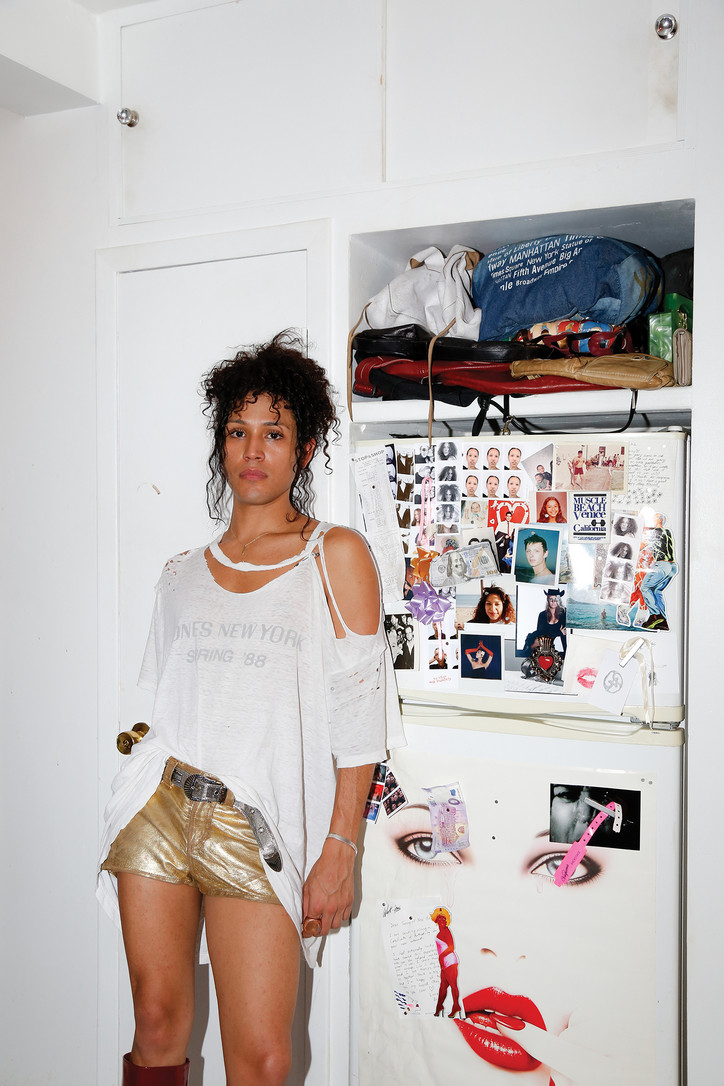
[Originally published in office magazine Issue 20, Fall-Winter 2023. Order your copy here.]
What is your ideal office?
Somewhere overlooking Manhattan … with plenty of space and light.
If you could switch lives with someone for a day, who would it be and what would you do?
Probably some gross billionaire and literally fund all my friends’ dreams immediately!
What era most inspires you?
There is truly something special about every era … but I do love the 70’s.
Who was the last person you hugged, and how did it feel?
My partner Coco, it felt tender.
For you, what is the most sacred place in New York?
As cliche as it sounds, anywhere my friends are!
What does play look like to you?
Blissful with no boundaries.
If you were a hair tool or product, what would you be?
I would be a classic mixed-bristle hairbrush.
What is your favorite texture at the moment?
I'm obsessed with patina … as a texture and color.
Who was the last person to make you laugh?
My dog Kiki. Yes, he’s more of a person than a dog.
How do you win in a fight?
Listen, process, reciprocate.